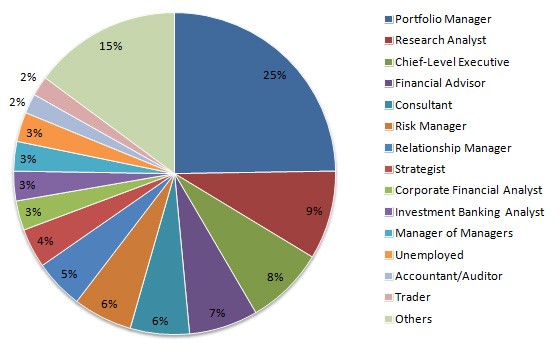Why executives risk their jobs to tip a hedge fund
Post on: 4 Апрель, 2015 No Comment

About
A hedge fund manager worth $1.5 billion was arrested on Friday, along with five executives who allegedly helped that hedge fund make $20 million. This raises some interesting questions.
Why would someone worth more than a billion risk it all for a little extra change? Why would executives who are probably worth millions risk their careers to help that hedge fund make a bit of extra money? Is the hedge fund in question alone in using inside information to profit?
The answer to the first question is simple to guess at but tough to prove. It is entirely possible that Galleon, the $3.7 billion hedge fund in question, did not make a mere $20 million of its roughly 20 percent annual returns from insider trading, it is possible that most of its profit came from such trading. The answer to the next: a belief that their involvement would help them catch up with hedge fund wealth.
As to the third, so-called expert networks — which match hedge funds with industry insiders — proliferate. And since the calls between the experts and the hedge funds are not recorded, there’s no way to know what they discuss. But it’s hard to see why the hedge funds would pay if they were not getting information that would help them trade.
Could much of Galleon’s profit be a result of insider trading? As I posted. one example of Galleon’s alleged profiting from inside information was a result of word from Danielle Chiesi, who worked for New Castle Funds, to Raj Rajaratnam, the head of Galleon Group, that her source at Akamai ( AKAM ) expected its earnings to be disappointing. So Rajaratnam allegedly shorted the stock and profited when the negative news broke.
It turns out that Rajaratnam, who was released late Friday on $100 million in bail. has gotten in trouble for short selling in the past. The Wall Street Journal reports that Galleon paid $2 million in 2005 after the SEC alleged it improperly sold short 17 stocks just before the companies sold additional shares. It is not hard to imagine that Galleon got information about those share issuance plans before it became public.
Meanwhile, it is not difficult to imagine why an executive would risk a career to offer inside information to Rajaratnam. After all, despite executives’ millions, they may have felt as though they were as smart or smarter than Rajaratnam and therefore deserved to be making far more money. And these executives’ efforts to keep up with that hedge fund compensation warped their judgment.
So how did Rajaratnam compensate those executives? It appears that some of them were trading tips with Rajaratnam, others were invested in hedge funds that benefited from the inside information. Consider the case of Anil Kumar, the McKinsey Director — a position that pays millions a year — who allegedly provided profitable information about a deal regarding a McKinsey client, Advanced Micro Devices (AMD ).
Reuters reports that between August and October 2008, prosecutors allege that Kumar gave Rajaratnam information about a deal involving AMD — telling him on September 11th, 2008 that the deal would close in early October which triggered Galleon to buy AMD stock ahead of the announcement. Since Kumar had money in Galleon funds, he stood to benefit, according to prosecutors.
Are such arrangements between hedge funds and executives common? Possibly. That’s because there are expert networks which according to Business Week had $250 million in revenues in 2005 — to which hedge funds pay $1 million a year, according to Ethisphere . so they can speak with people who have in-depth knowledge of companies and industries.
While those experts are supposed to get permission from their superiors and are officially prohibited from disclosing inside information, their calls to hedge funds are not recorded, according to Portfolio . But the New York Attorney General’s office and the SEC began looking into them in January 2007 in connection with possible tips to hedge funds by employees at Circuit City and other public companies, according to the New York Times .
One such expert is John Parros, who according to his LinkedIn profile was formerly president of Bebe Stores (BEBE ) and is also a member of two such expert networks. Could Parros be offering hedge funds information about Bebe’s earnings reports using his contacts in the industry? There is no way to know.
As I posted. one sure way to make money in stocks is to bet on whether a company will beat and raise when it comes to quarterly earnings and future guidance — or disappoint. A stock will surely rise if the former happens and it will tumble if it’s the latter. The one problem with this approach is that the average investor has no way of knowing ahead of time what will happen.
And one theory is that hedge funds buy such information from experts. While Galleon had a different arrangement for its alleged $20 million in insider trading profits, how many of these expert network members are trading a maximum of $500 for a half hour call to a hedge fund for inside information that helps make billionaires out of the hedge funds while the experts struggle along with mere millions?
Peter Cohan is a management consultant , Babson professor and author of nine books, including Capital Rising (due in June 2010). Follow him on Twitter . He has no financial interest in the securities mentioned.














